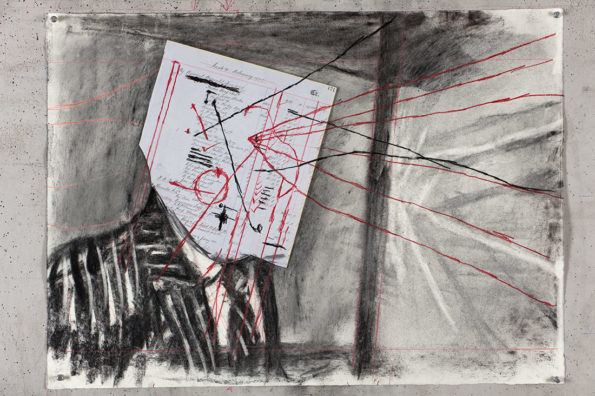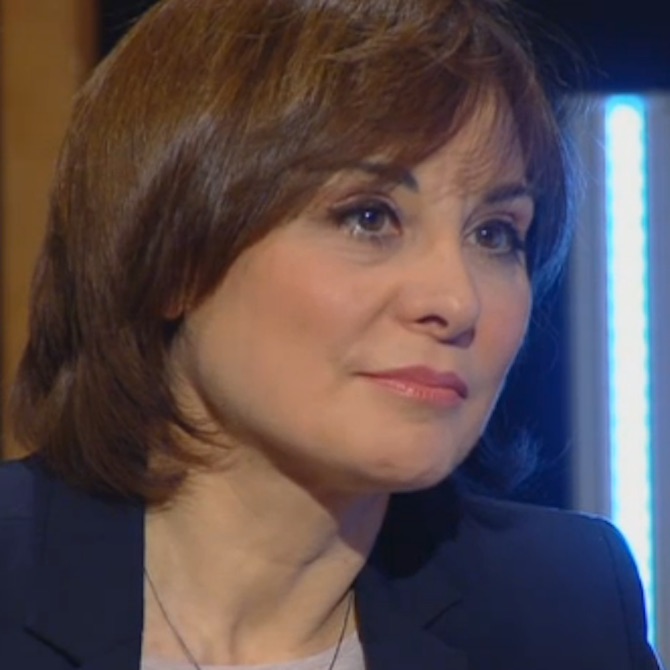Search
To search for an exact match, type the word or phrase you want in quotation marks.
A*DESK has been offering since 2002 contents about criticism and contemporary art. A*DESK has become consolidated thanks to all those who have believed in the project, all those who have followed us, debating, participating and collaborating. Many people have collaborated with A*DESK, and continue to do so. Their efforts, knowledge and belief in the project are what make it grow internationally. At A*DESK we have also generated work for over one hundred professionals in culture, from small collaborations with reviews and classes, to more prolonged and intense collaborations.
At A*DESK we believe in the need for free and universal access to culture and knowledge. We want to carry on being independent, remaining open to more ideas and opinions. If you believe in A*DESK, we need your backing to be able to continue. You can now participate in the project by supporting it. You can choose how much you want to contribute to the project.
You can decide how much you want to bring to the project.

Twenty years after exhibiting at the Museum of Contemporary Art of Barcelona (MACBA), William Kentridge returns to Barcelona with an exhibition at the Center of Contemporary Culture of Barcelona (CCCB), an ideal place to contextualize his work since, in parallel to the exhibition, there is a public program of talks and debates, available online and dealing with racism, the city and its conflicts or the colonial scar, with names like Kentridge himself, Angela Davis, Tania Adam or Maria Campbell, among others.
The central axis of the exhibition is the series of works initiated in 1989, Drawings for Projection, in which Kentridge draws in charcoal, films, erases and redraws in a sort of animation technique that takes us back to the origins of animated films, but also to the presence of the artist’s hand, to the errors and wrinkles in the paper, to what is erased but remains, to the memory. The Drawings for Projection series tell very concrete stories: the one of Soho Eckstein and Felix Teilebaum, of South Africa, of the Apertheid, stories of rupture and reconciliation, stories of exploitation and guilt, the story of wounds and their healing. Therefore, the stories Kentridge tells are not only those of South Africa, but the local leads us to the universal, to all the historical traumas that must be overcome.
It is also interesting to analyze how indirectly the films also reflect on the artist’s position in relation to the issues he deals with. White, born in South Africa, therefore with a privileged position, from a family of activist lawyers and defenders of the anti-apartheid movement, it has been written that perhaps the character of Felix Teilebaim the poet, is the artist’s alter ego and in the film Tide Table (2003), Felix/ William appears literally meditating and looking at the sea. Perhaps this is his role: to observe, analyze, reflect, present…

Still from the film Tide Table (2003). Corurtesy Studio William Kentridge
Projecting is a way to make things visible, to maximize them. The drawings to be projected function as personal notes (the artist who draws with charcoal, erases, retouches and corrects) and when projected, they become intangible and at the same time enveloping, omnipresent. This is an aspect emphasized by the importance of music in Kentridge’s films, from Philip Miller to Duke Ellington, from Dvorak to Immanuel Essemblies Brass Band, music immerses us as spectators and makes us participants in the stories. Until the end, until the culmination of the exhibition which is the spectacular (by size and intensity) “More Sweetly Play the Dance” that, literally, makes us as spectators remain immersed in that great frieze of 40 meters long through which all the dispossessed of the earth (peasants, revolutionaries, musicians….) parade in procession. From Plato to the macabre dances, from the processions to the dances of hope, with the soundtrack of Immanuel Essemblies Brass Band, all the visual references to demonstrations, parades, marches, processions, escapes and crossings appear in the specific book on this work published by the CCCB, EyeFilmuseum of Amsterdam, co-organizer of the exhibition and PLANT of the Sorigué Foundation, the space that will host permanently the installation in Balaguer (Lleida) from February onwards.
Over the years, Kentridge’s work has become more and more transdisciplinary, through texts, theater and opera productions. Another remarkable aspect of the exhibition are the tapestries (of which he has made around forty, in collaboration with the South African company Stephens Tapestry Studio). For the artist, the tapestries function as “frozen projections”, that is, projections that remain printed in the memory.
(Featured Imagen: Drawing from the film Other Faces, 2011. William Kentridge | Vegetal chracoal and pencil on paper collage, 72 x 79 cm | Courtesy of the artist)

Montse Badia has never liked standing still, so she has always thought about travelling, entering into relation with other contexts, distancing herself, to be able to think more clearly about the world. The critique of art and curating have been a way of putting into practice her conviction about the need for critical thought, for idiosyncrasies and individual stances. How, if not, can we question the standardisation to which we are being subjected?
www.montsebadia.net
"A desk is a dangerous place from which to watch the world" (John Le Carré)